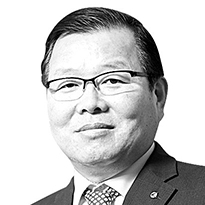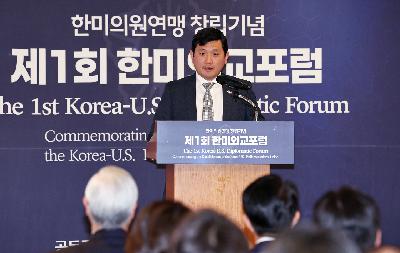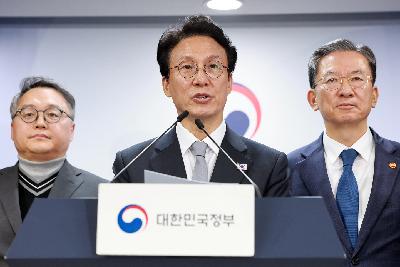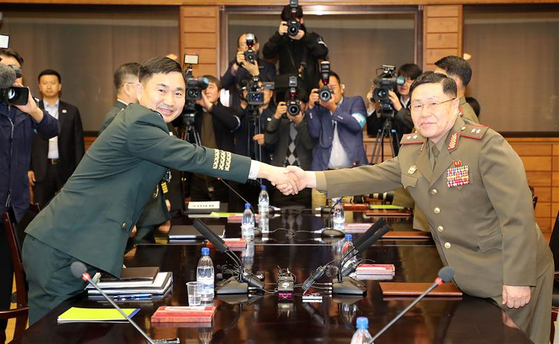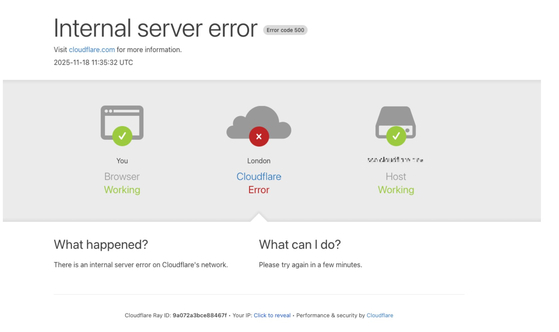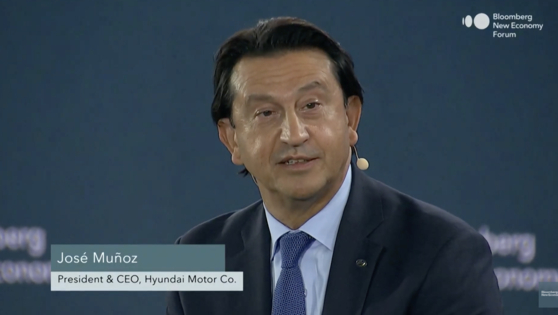Beyond mass culling: a shift in managing animal disease outbreaks
Update: 2025-11-20
Description
The author is the president of the Korean Veterinary Medical Association.
As winter approaches, avian influenza has been detected not only at major migratory bird sites in North Jeolla but also at local poultry farms. In September, a native chicken farm in Paju, Gyeonggi, reported the first highly pathogenic strain of the season. The detection came one to two months earlier than usual, raising alarms among authorities and farmers. Last spring, foot-and-mouth disease was confirmed at a cattle farm in Yeongam, South Jeolla, leading to the culling of thousands of cattle. A nearby pig farm in Muan also tested positive. In July, African swine fever was found again in Paju. The disease has appeared four times nationwide this year alone, burdening farms and quarantine officials.
Authorities deploy rapid culling and movement restrictions to block pathogens, yet the damage falls largely on farmers and their communities. Some farms face steep reductions in compensation due to delayed reporting or procedural errors, creating both financial losses and emotional distress.
This pattern is no longer unfamiliar. During the massive foot-and-mouth outbreak from November 2010 to April 2011, more than 3.5 million livestock animals were culled. Highly pathogenic avian influenza continued to resurface in subsequent years, bringing cumulative culling past 100 million animals. The government spent trillions of won in compensation, yet livestock diseases persist. Farmers suffered irreversible wounds, and public trust in quarantine policy eroded. The current system imposes heavy burdens on state finances and the livestock sector without fundamental solutions.
Under border control measures, veterinarians and livestock industry workers must disinfect their footwear at airports and seaports. The policy appears to rely on the notion that these workers pose higher transmission risks, yet the measure lacks scientific grounding. Disease transmission is not limited to specific occupations. Ordinary travelers returning from overseas trips, logistics networks, parcel deliveries and even pet movements can carry risk too.
Countries such as Japan and Taiwan do not require occupationally targeted disinfection. Instead, all inbound travelers undergo strict inspections. Detector dogs and X-ray scanners block meat and dairy products from entering. Violators face fines reaching millions of won, and repeated violations may lead to travel restrictions. Their approach focuses on high-risk items capable of carrying pathogens, not the occupation of the traveler.
In Korea, however, the image of veterinarians and livestock workers being singled out for disinfection persists, while baggage carried by ordinary travelers receives relatively lax oversight. Viruses do not choose hosts based on professions. Border control should close actual transmission routes rather than perform symbolic cleanings.
For years, quarantine policy has operated on the principle of speed and force, imposing immediate large-scale culling and movement bans once disease appears. Yet the social and economic costs far exceed the effectiveness. Trillions of won in compensation have been paid, but outbreaks continue.
A paradigm shift is now unavoidable. Genetic diagnostics should distinguish infected from uninfected animals. Epidemiological analysis using geographic information systems and big data should identify high-risk and safe zones. High-risk regions should receive broad pre-emptive vaccination along with immune monitoring. The World Organization for Animal Health also recommends shifting from blanket culling to risk-based precision quarantines. Japan, Taiwan and several European countries have already adopted scientific systems that minimize damage.
Catastrophic livestock epidemics are not merely agricultural problems. They are national emergencies tied to public health, food safety and the broader economy. Border controls must operate with precision rather than symbolism, and accuracy rather tha...
Comments
In Channel

